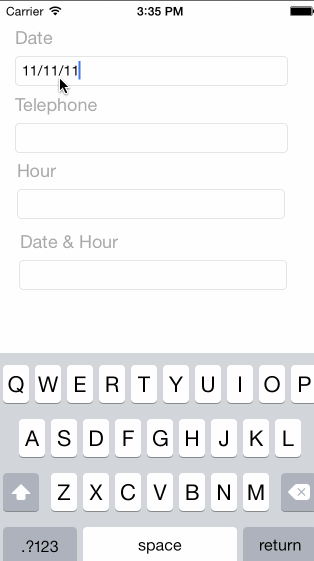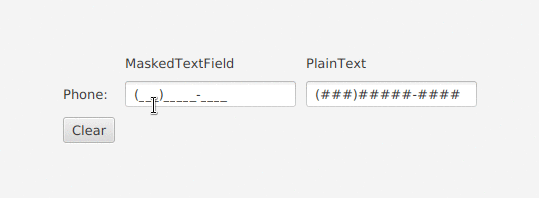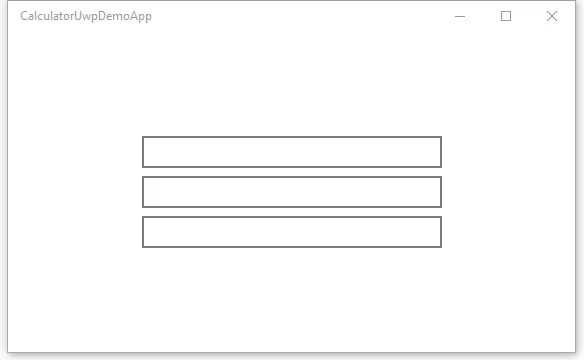As a starting point, Telerik has one https://www.telerik.com/universal-windows-platform-ui/numericbox. It is available in Open Source too: https://github.com/telerik/UI-For-UWP/blob/master/Controls/Input/Input.UWP/NumericBox/RadNumericBox.cs.
What I like from them is their approach for the formatting with the property ValueFormat.
Example: ValueFormat="{}{0,0:C2}"







 Image is at 200% scale
Image is at 200% scale





The WinUI Team has opened a spec and PR for this feature.
Proposal: NumberBox Control
Summary
The NumberBox control provides developers a fully featured control for receiving a numeric (integer, floating point or currency) value. The keyboard InputScope is set to Number and additional support such as Up/Down buttons, formatting, and basic computation is optionally provided.
Rationale
UWP has controls for Text, Date and Time values. Why not for Numeric values? Numbers are very common. They deserve an own input control. It will help all enterprise app developers who create data entry dialogs.
Similar proposal found on Calculator's repo: https://github.com/microsoft/calculator/issues/453
Scope
Important Notes
Calculator support It would be nice if there was a calculator support. If you type '5 + 2' in the NumberBox it calculates 7 on lostfocus. I have tried to implement this as a Behavior but I think a NumberBox control is more suitable and easier to discover. https://github.com/sonnemaf/XamlCalculatorBehavior
I have tried to implement this as a Behavior but I think a NumberBox control is more suitable and easier to discover. https://github.com/sonnemaf/XamlCalculatorBehavior
Input validation It would be nice if the control would validate all input. It wouldn't allow (for example) to enter the decimal separator twice. A CanBeNegative (bool) and DecimalsPlaces (int) properties would also be needed.
I have tried to implement this as a Behavior but I think a NumberBox control is more suitable and easier to discover. https://github.com/sonnemaf/NumberBoxBehavior
Up/Down buttons It would be nice if you can set a flag which allows met to add '+' and '-' buttons next to the NumberBox. A Minimum and Maximum properties would be nice.
Currency support Support for currency input.
Accessibility and Inputs
For Narrator users, ensure the Up/Down buttons + increment can be stated and clearly understood, as opposed to "plus" and "minus".
Will Xbox controller need any focus trapping to ensure the analog sticks and D-Pad will function as expected?
Open Questions
Does anyone have any real app scenarios that justify needing support for hexadecimal or binary?
Is there value in creating a preview for calculation results? @mdtauk created a few example visualizations: